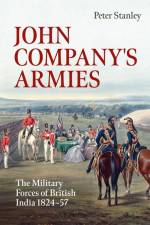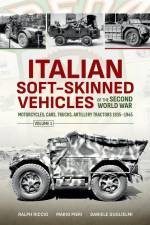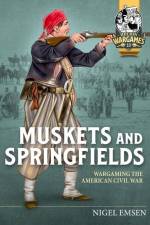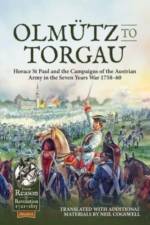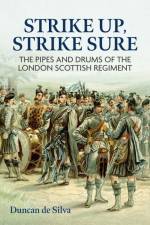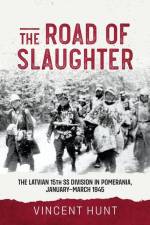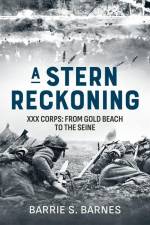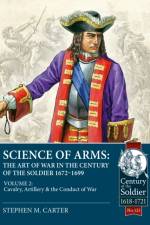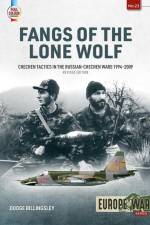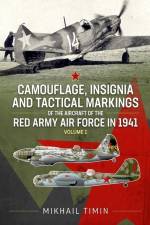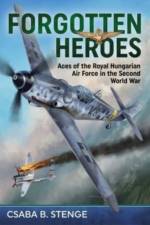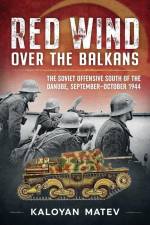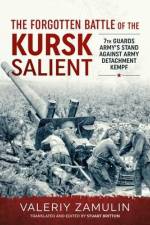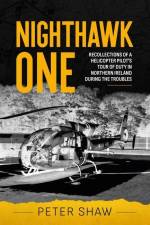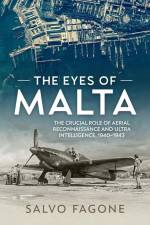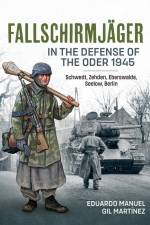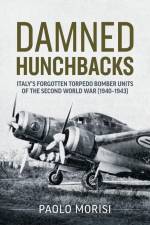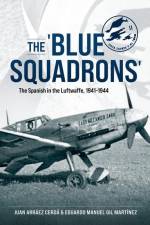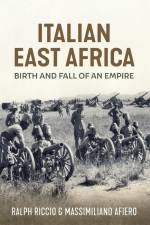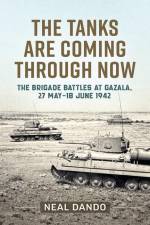av Daniele Guglielmi
417
"...a very nice reference book that contains a well written informative text, many subject specific photographs and illustrations, well detailed captions and more..." -- ArmoramaThe importance of land transport vehicles within an armed force is often underestimated by the average reader, attracted by more 'martial' subjects such as tanks and artillery. Nevertheless, it was thanks to motorcycles, cars, trucks and tractors that - since the early years of the twentieth century - men, weapons, ammunition, provisions, fuel, equipment and orders were transported, all elements without which AFVs, guns and infantry are unable to fight.This first volume opens with a historical and technical introduction to the civil and military motorization in Italy from the 1920s to the end of the Second World War. This is followed by chapters dedicated to motorcycles, cars and light trucks. Each subject is described through its history, technical evolution and specifications, all supported by numerous contemporary photographs.It is common opinion that the Italian Army was beaten above all because of the poor quality of its combat vehicles. Actually, impartial and in-depth studies, made since the end of the war, have revealed that the main problem was the shortage of vehicles, as well as an entirely insufficient logistics chain. The tank crews were able to compensate with bravery and experience for the fact that their tanks were, from a certain point on, inferior to those of their enemies, but the inadequate number of AFVs and other material was impossible to remedy. The same problem plagued the entire sector of military soft-skinned vehicles, a sign of Italy's limited industrial capacity (and of procurement of raw materials and components) compared, for example, to its ally Germany. There were too few factories, too few skilled workers, and poor management skills within the armed forces.However, if quantity was lacking, the same cannot be said for quality. Many models of efficient, robust and resistant vehicles were produced, especially in the sector of the so-called 'standardized' motor vehicles, such as those mentioned above and others that we will see. These vehicles allowed the Italian troops to move and fight in the large and difficult territories of North Africa, the Balkans and the Soviet Union and which brought home what was left of the defeated soldiers.This is the first English-language study describing the soft-skinned vehicles of the Italian Armed Forces, starting from the 1930s, when Mussolini's Italy faced some colonial conflicts and participated - albeit unofficially - in the Spanish Civil War, and throughout the Second World War. For each vehicle there is a file describing its evolution and the main technical aspects, accompanied by one or more photographs and, for the most significant examples, line drawings. The work is enriched by a historical introduction, various appendices and color profiles.



